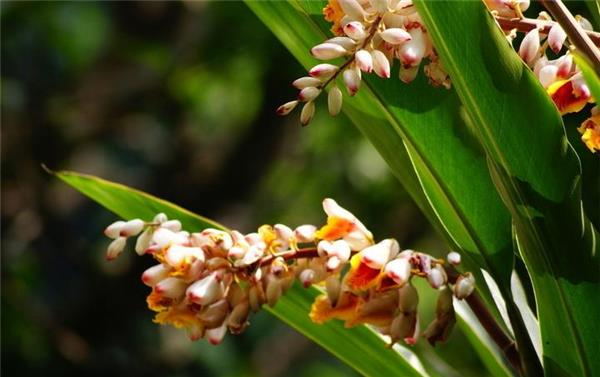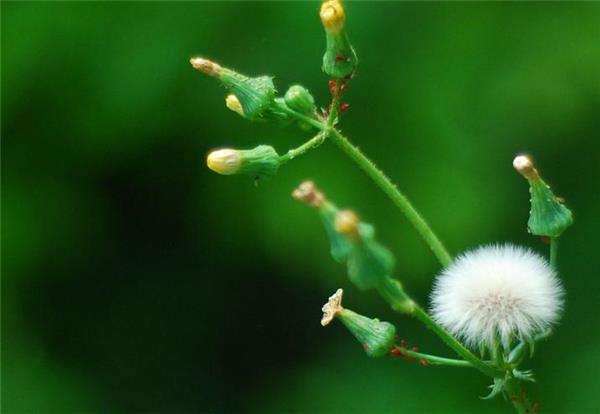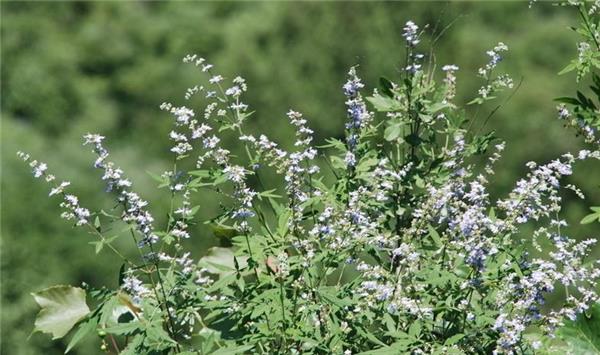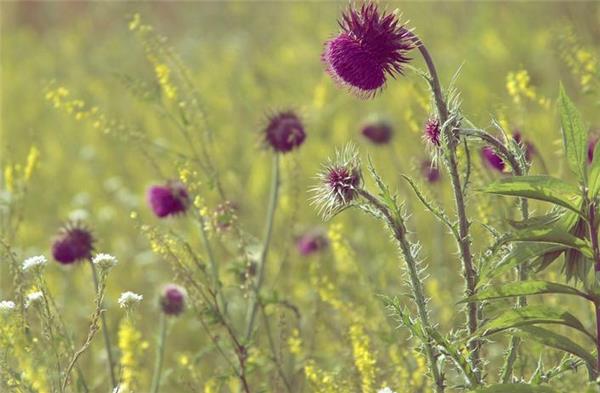What are the ways for plants to spread seeds?
When it comes to plants spreading seeds, we have to admire their intelligence. Animals can move, so their reproduction should be relatively understandable. But how do plants that cannot move breed their next generation? Let's take a look at how plants spread their seeds.

How do plants spread seeds?
1. Self-transmission
Self-transmission is carried by the plant itself and does not depend on other vectors. The fruit or seed itself has weight, and when it matures, the fruit or seed will fall directly to the ground due to gravity, such as persimmon and large-leaved mountain olive; while the capsule and pod will produce ejection force when the fruit matures and dehisces, such as black heart stone. Self-propagating seeds have a limited spreading distance, but some self-propagating seeds will be re-disseminated after falling to the ground. Birds, ants and mammals are all possible re-disseminators.
II. Wind propagation
Some seeds grow wings or feather-like appendages that ride the wind. Most seeds with feathery appendages are herbs, such as yellow cabbage of Compositae, and woody plants such as willow and kapok. Other small seeds have a relatively large surface area to weight ratio, so the seeds can be blown away by the wind, like orchid seeds. The achene of dandelion in Compositae, the crown hair unfolds when mature, like a parachute fluttering in the wind, and the seeds are scattered far away.

III. Water transmission
Water-borne seeds have waxy surfaces that do not stick to water (e.g., water lilies), pericarps that contain air cells, and lower specific gravity than water, and can float on water and be dispersed by streams or currents. The seed coat of these seeds is often rich in fiber, which prevents the seeds from rotting or sinking due to soaking and water absorption. Seaside plants such as chessboard feet, lotus leaves and Terminalia have typical water-borne seeds.
IV. Bird transmission
Most seeds dispersed by birds are fleshy fruits such as berries, drupes, and cryptocarps. Birds peck at the seeds of Lauraceae plants and spit them out. After the fruit is ingested, the seeds are excreted freely through the digestive tract. Birds are an advanced group of plants because they disperse seeds the furthest of all.

V. Ant transmission
Ants usually act as secondary dispersers in seed dispersal. Some birds eat and spread seeds, but they do not consume all the nutrients. The seeds that fall on the ground still have some nutrients left on the surface for ants to eat. At this time, ants become second-hand disseminators. This phenomenon also occurs with self-transmitted or mammalian seeds.
VI. Mammal transmission
Mammalian transmission, most belong to some medium and large fleshy fruit or dry fruit. In general, mammals are larger in size and have a large food requirement, so they choose some large fruits. For example, macaques like to eat persimmon and banana fruits, and also help these plants spread.

In order to survive and develop in nature, plants will try their best to reproduce their own offspring, so each plant has a special ability to make its own seeds "travel", so that seeds can be widely disseminated. That's all for today's introduction to plant seed dispersal. Thank you for your appreciation.
Related
- Wuhan Hospital Iron Tree Blooming Result Was Instantly Frightened by the Gardener Master
- Which variety of camellia is the most fragrant and best? Which one do you like best?
- What is the small blue coat, the breeding methods and matters needing attention of the succulent plant
- Dormancy time and maintenance management of succulent plants during dormancy
- Minas succulent how to raise, Minas succulent plant pictures
- What are the varieties of winter succulent plants
- How to raise succulent plants in twelve rolls? let's take a look at some experience of breeding twelve rolls.
- Attention should be paid to water control for succulent plants during dormant period (winter and summer)
- Watering experience of twelve rolls of succulent plants
- Techniques for fertilizing succulent plants. An article will let you know how to fertilize succulent plants.



